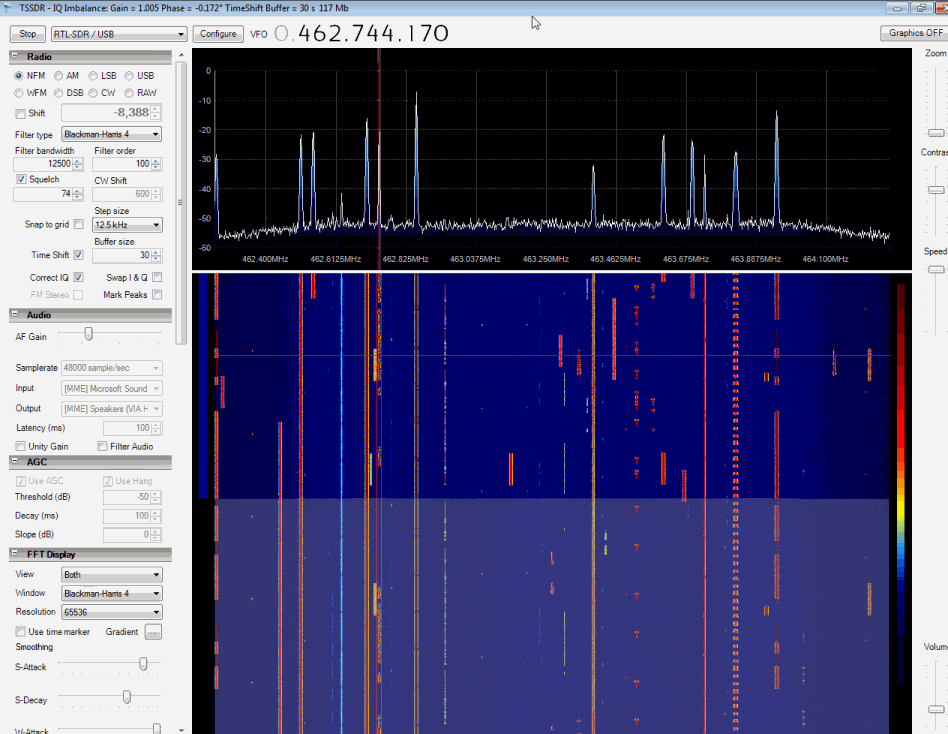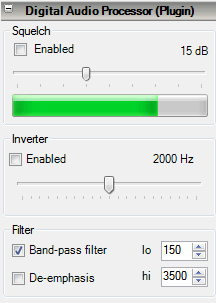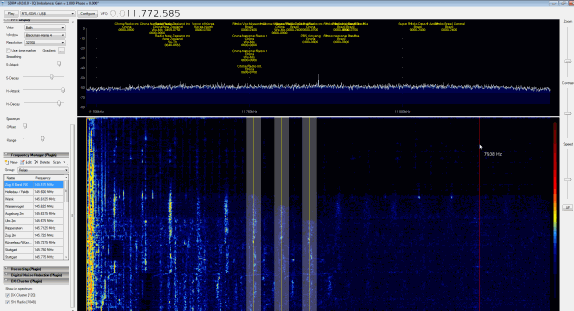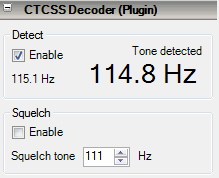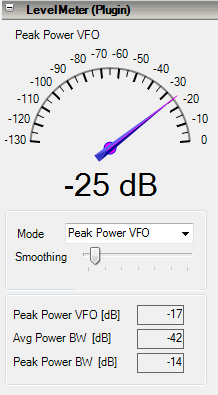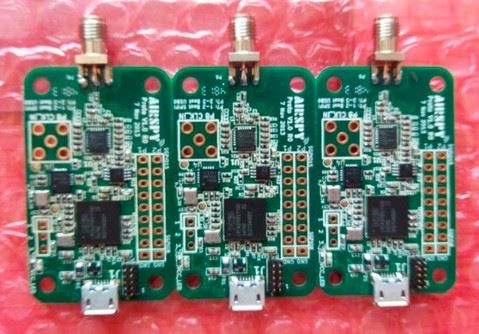SDR# Website and Downloads Removed
Update: The author has updated the website with an explanation of why he took it down. He has also restored download functionality so now sdr-install.bat will work again.
The SDR# website, download links and repositories have been taken down and probably won’t be back for a number of days or weeks. This means the sdr-install.bat file will not work as well. If you already have SDR# installed it will continue to work as normal.
We aren’t exactly sure why this has happened, but it seems the author of SDR# did not like the many forks of the software that have been recently popping up. The forks may have been violating the licence that SDR# is under.
If you are new to RTL-SDR, our Quickstart guide has guides to using HDSDR and SDR-CONSOLE to try while SDR# is unavailable. HDSDR and SDR-CONSOLE are two good alternatives to SDR# but are slightly more difficult to set up and use.
See the Reddit discussion on this here.
